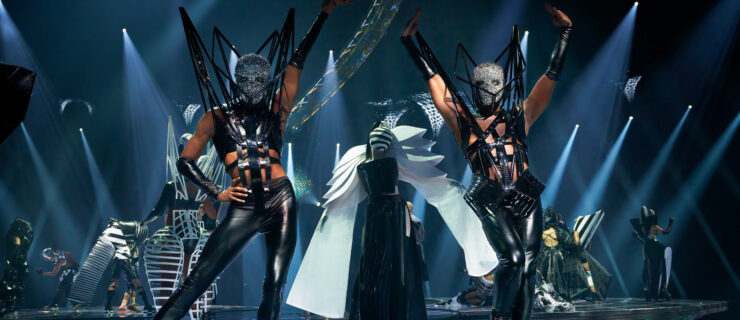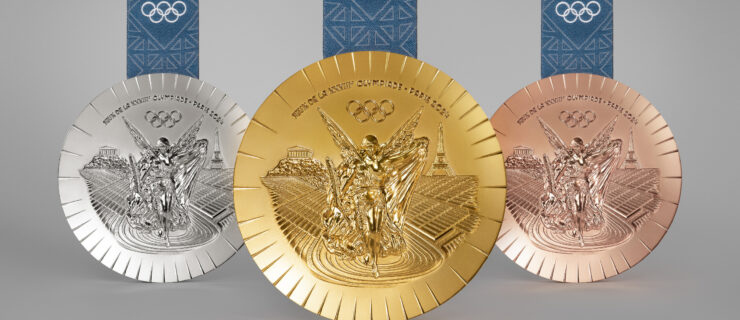The Heel Deal: How to Choose the Right Character Shoe
From Chicago to Kinky Boots, heels are a necessity for musical theater dancers. But lots of factors go into choosing the right character shoes, especially when it comes to heel height. Ultimately, it’s all about figuring out how to feel confident, so you can rock every step—from high kicks to leaps.
Know Your Show
The most common character shoe heel height is 2 1/2 inches, according to Kenya Gibson, a sales representative at Capezio in NYC. It’s an ideal height for many dancers because it strikes a balance between elongating your line and still allowing you to relevé. When wearing a 3-inch heel, your foot is already in a high relevé position, and unless you’re a strong dancer, it can be hard to relevé further.
But you should also consider the show’s choreography. “If I’m doing leaps and turns I’m going to be wearing 2 1/2-inch heels, but if the choreography is just walking and a kick line, I’ll wear 3 inches,” says Meredith Therrien, a dancer who’s worked on Oceania Cruises. Think about time period, too. “The women in Fiddler on the Roof don’t need to be in 3-inch LaDucas—it wouldn’t make sense for the period,” says Jessi Selig, a dresser for the show on Broadway. If you’re auditioning for a similar show, choose boots that have a shorter, wider heel, which is a more authentic costuming choice.
Technique Is Key
If you’re working on a show where a more standard character shoe is appropriate, you may feel like going for that high 3-inch heel—the extra height can help your legs look miles long. But another half-inch isn’t always a good thing. “The trend now is for higher and higher heels, but the higher the heel, the higher the chance of rolling an ankle,” says Broadway veteran Michelle Bruckner. If you’re going to wear those 3-inch heels, make sure you have the technique and strength necessary to stay safe.
Bruckner also tells young dancers to make sure they have several years of good ballet and jazz training before they try sky-high heels. As for getting more comfortable, Therrien has simple advice: “Keep wearing them.” To break in new character shoes, she tries them out in basic dance classes and rehearses blocking in them before busting out the triple turns.
Factor In Your Height
If you’re a tall dancer, you may think you need to wear shorter heels to fit into the chorus, and if you’re short you may think you need a height boost from your heels. But that’s not necessarily the case. Sonya Higgins, a former showgirl in Jubilee! in Las Vegas, NV, is already tall at 5′ 8″, but she wears 3-inch heels anyway. “It’s more about line,” she says. “As a tall dancer, the kinds of shows I’m going out for are things like The Producers, or Spamalot, where it’s all about the legs,” making higher heels a better bet. And, if you’re shorter, don’t feel like you have to dance in the tallest shoe possible; go with the shoe that lets you showcase your strengths. Shorter dancers tend to be powerful turners or jumpers, and lower heels will allow you to show off those skills.
Find Your Style
Most dancers choose character heels with flexible arches. Therrien loves that soft-soled character shoes allow her to point her feet easily and land jumps properly. One reason to stick with hard-soled shoes? “Support,” Higgins says—which you’ll definitely need if you’re dancing with a heavy costume. “If you’re wearing a 20-pound headpiece, you want as much support as possible from your shoes.”
The Bottom Line
One word: comfort. In the end, “you want a shoe that you’re not going to have to think about while dancing,” Selig says. “You want to be able to focus on the choreography.” Comfort fosters confidence, and that’s especially important during auditions. Properly fitted, comfortable shoes will get you further than an extra half-inch ever will.



